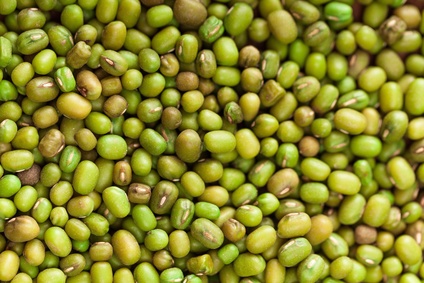Dramatic drop in number of soybeans exported to China
by January 15, 2019 4:08 pm 1,441 views

As the trade war rages with China the real impacts to U.S. soybean farmers are starting to be felt. University of Arkansas agriculture economist Scott Stiles created a chart mapping how many bushels of soybeans were sold in China in 2017 as compared to 2018 when the trade war started.
The results stunned him. The U.S. sold 759 million bushels in 2017, but only 21 million bushels in 2018. There are also signs that U.S. cotton sales to China have slowed as well.
“That’s the stunner,” Stiles said. “China has been our number one export market for soybeans since 2002.”
The Chinese government imposed billions of dollars in tariffs on U.S. products and goods after President Donald Trump imposed billions in tariffs on steel and aluminum during the first half of 2018. It was reported that China didn’t buy any soybeans from the U.S. in November and that China has been buying its soybeans from Brazil. Soybeans are Arkansas’ top crop with 3.25 million acres harvested in the state during the last growing season, according to the United States Agriculture Department.
“China, the world’s largest importer of soybeans, added a high import duty this year on U.S. soybeans,” Stiles said. “This has largely prevented U.S. soybeans from entering China. Export movement of U.S. cotton to China is also down compared to a year ago.”
Soybean prices have been in the doldrums, in-part because of the trade war, and might not improve this season, Stiles said.
U.S average producer prices for soybeans, which were above $14 a bushel in 2012, fell to $8.95 a bushel in 2015 before rebounding upward of $9 in 2016 and 2017. Prices hit the skids again, projected to average $8.60 for the 2018 marketing year. In the most recent USDA baseline projections released in October, the average producer price for the 2019 soybean crop was projected at $8.75 per bushel.
“This has had a negative impact on farmer margins and profitability,” he said. “In addition to trade disruptions, much of the U.S. corn belt experienced favorable weather this year resulting in high yields for corn and soybeans. This has further limited any significant price improvement relative to last year.”
Arkansas farmers were also besieged by perpetual rains last fall, too. A preliminary estimate done by the University of Arkansas System Division of Agriculture placed the damage caused to Arkansas soybeans by the adverse weather at $77 million in direct damages and that estimate will likely rise.
“The state experienced one of the wettest and prolonged harvests seen in many years,” he said. “This dramatically impacted the quality of the state’s soybean and cotton crop.”
December did bear some positive news, with reports that China had placed orders of more than one million tons of U.S. soybeans to be delivered in the first quarter of 2019, Stiles said. However, the good news was tempered by the impending southern hemisphere soybean harvests.
“Trade issues between the U.S. and China are dominating agricultural markets and should continue to do so into the first quarter of 2019,” Stiles said. “Agricultural prices will be pressured until these issues are resolved.
The trade war, low prices, and oversupplies may force some farmers to grow other crops during the next growing season, he said.
“Of all major row crops, soybeans are most affected by a trade disruption with China. With China buying most of its soybeans from Brazil, U.S. farmers face an oversupply of soybeans,” he said. “The U.S. Department of Agriculture was projecting ending stocks to be a record 955 million bushels by the end of the 2018/19 marketing year.”
